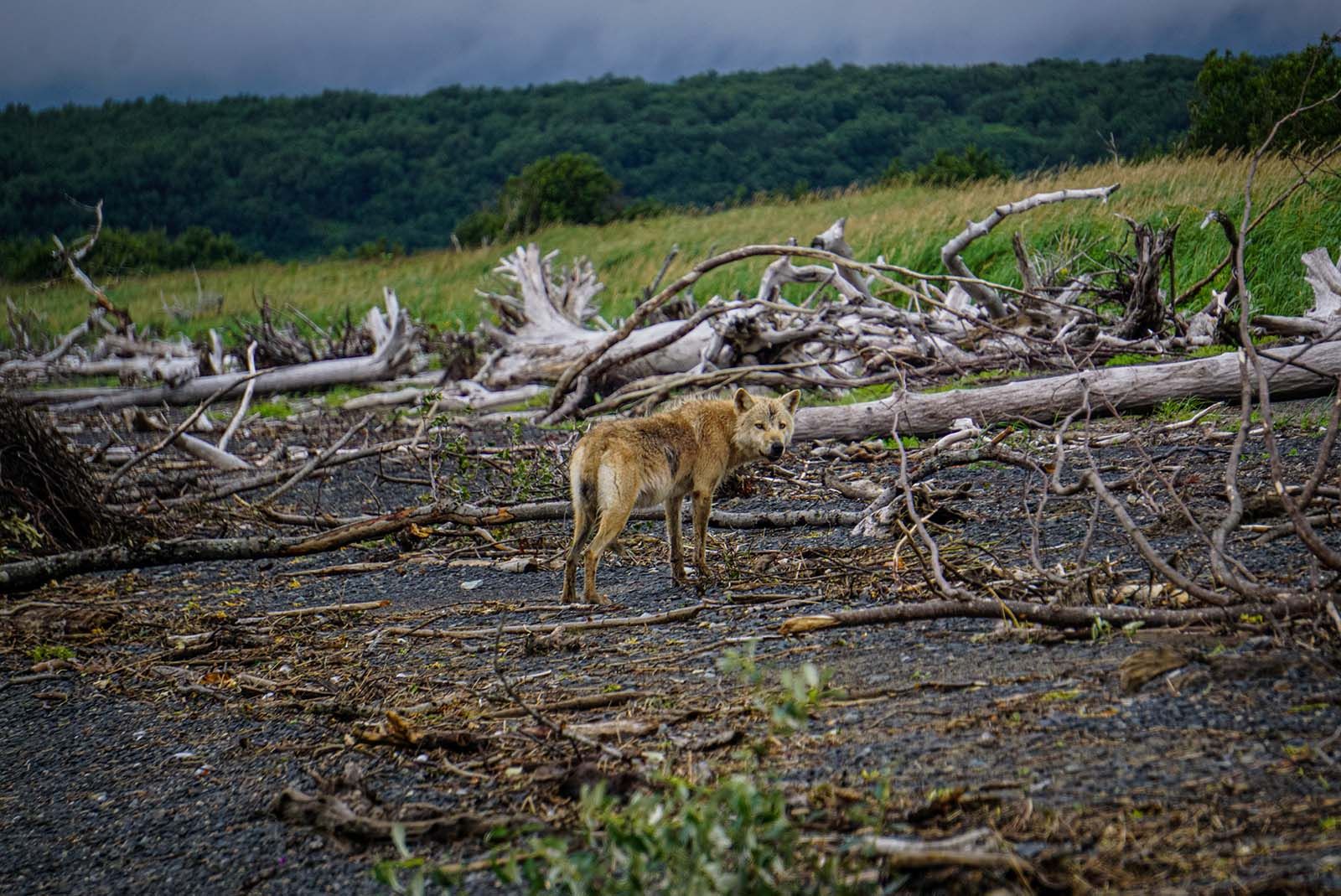Best hiking trails in lake clark national park
Explore a myriad of hiking options starting from the park headquarters in Port Alsworth, ensuring an enjoyable experience for families, friends, or solo adventurers. Accessible only by plane or boat, the Lake Clark National Park trail system, found on the Lake National Park Map, represents a mix of dense forests, alpine meadows, towering mountains and tundra. Whether you’re a novice or experienced trekker, we will find the right experience for you.
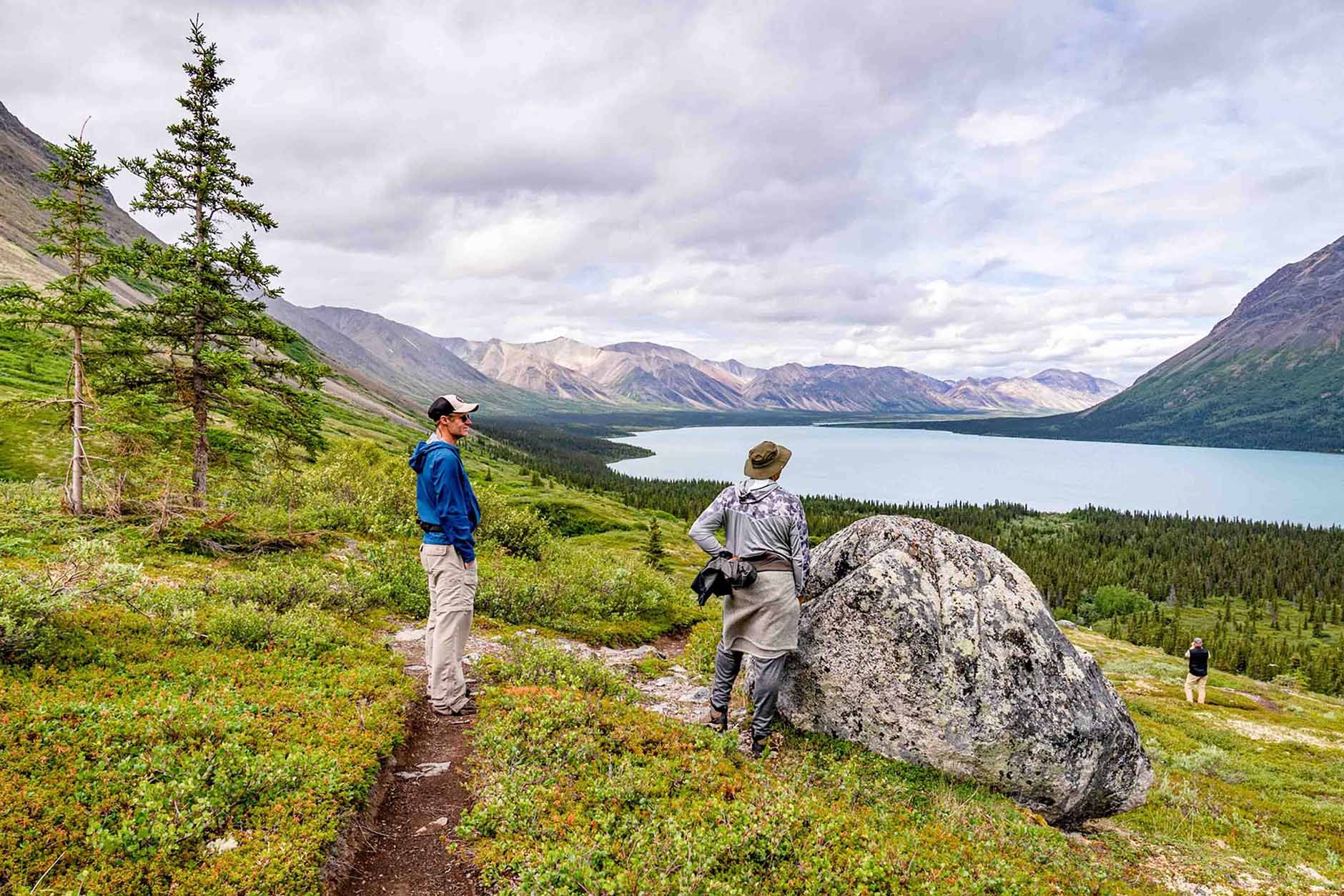
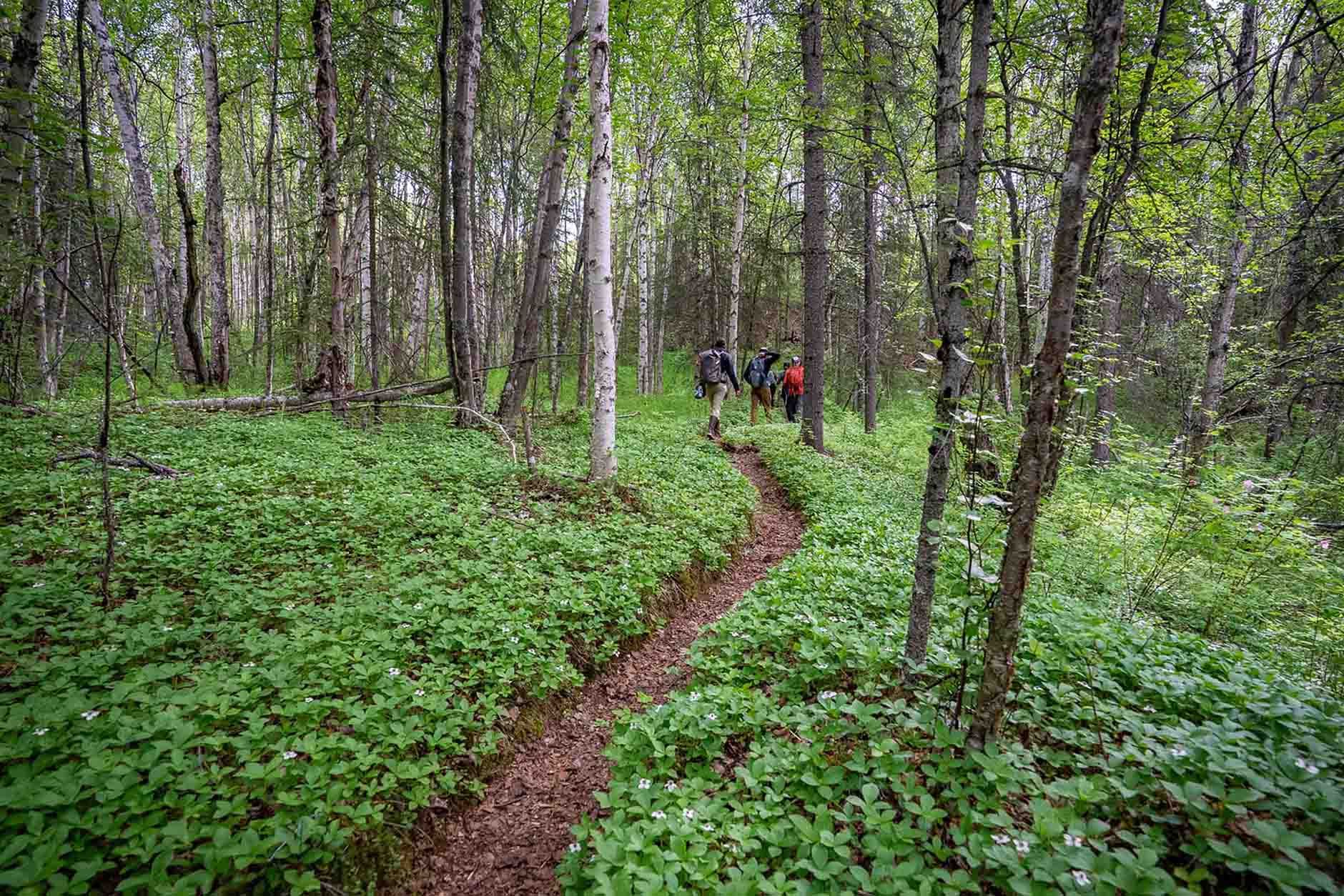

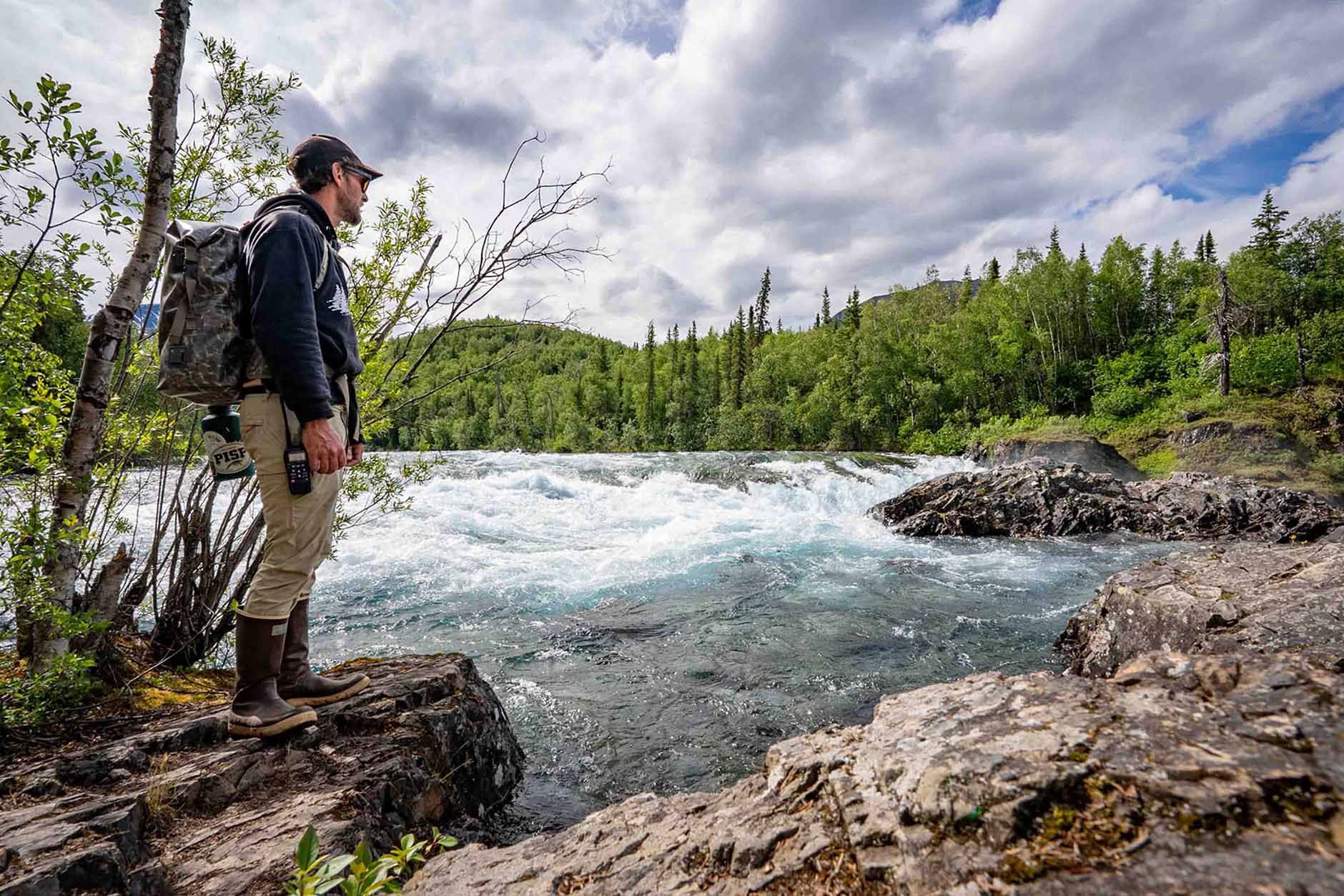

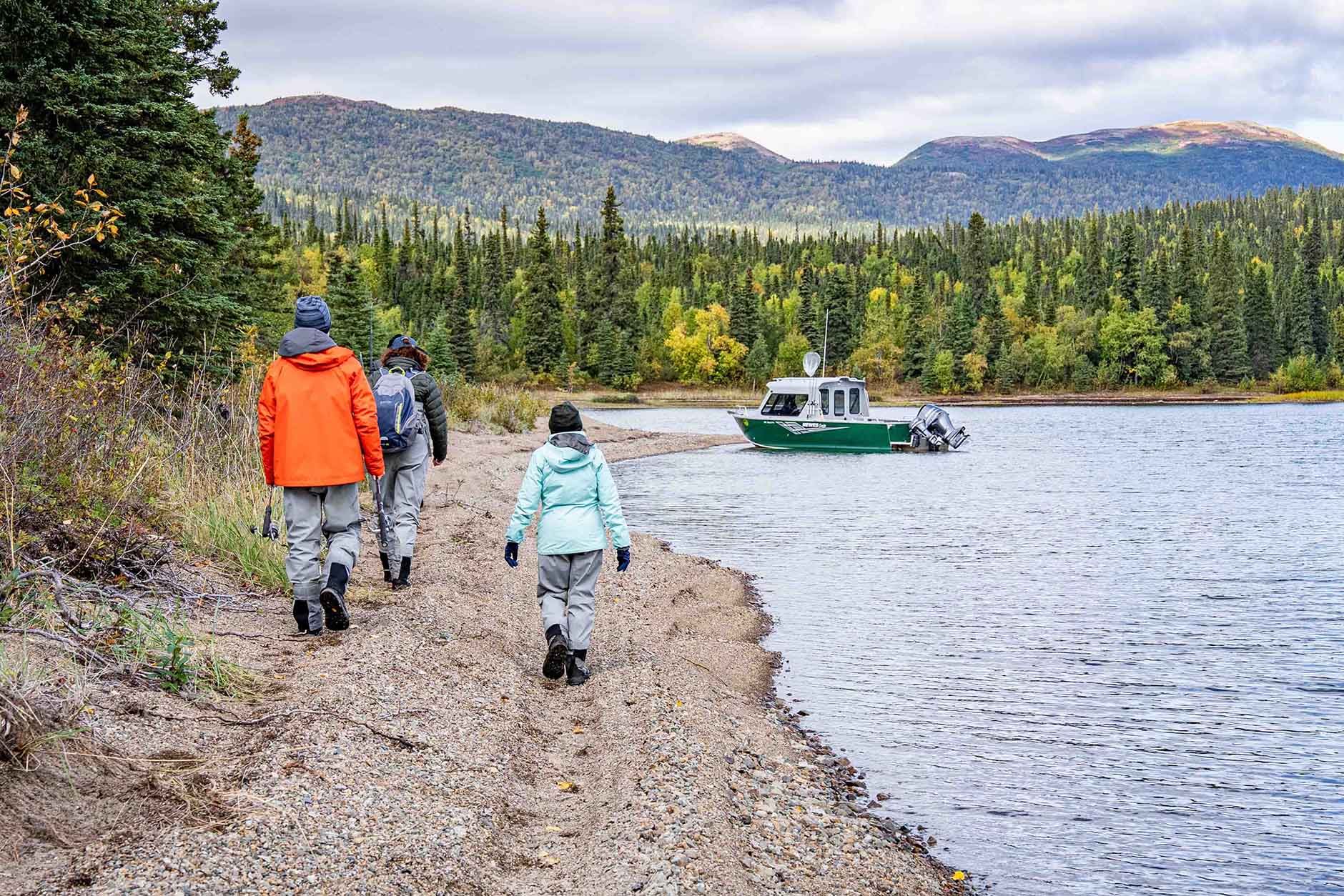
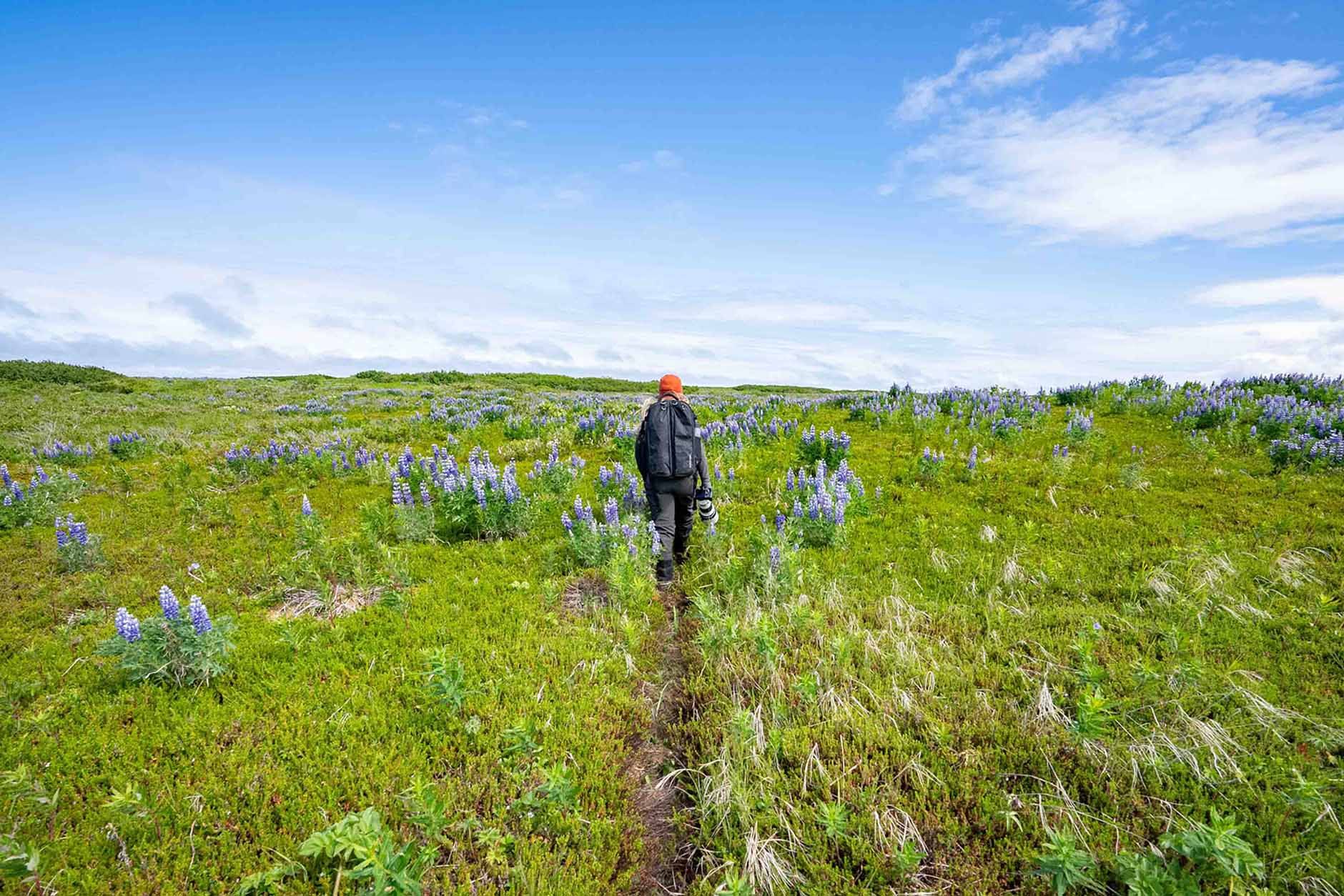
Tanalian Falls Trail
A favorite among hikers, this moderate trail leads to Tanalian Falls, standing roughly 30 ft high. Winding through a thick forest, the path offers glimpses of Lake Clark, with possible wildlife encounters along the way.
-
Distance: 4 miles
Difficulty: Moderate
Elevation Gain: 700 ft
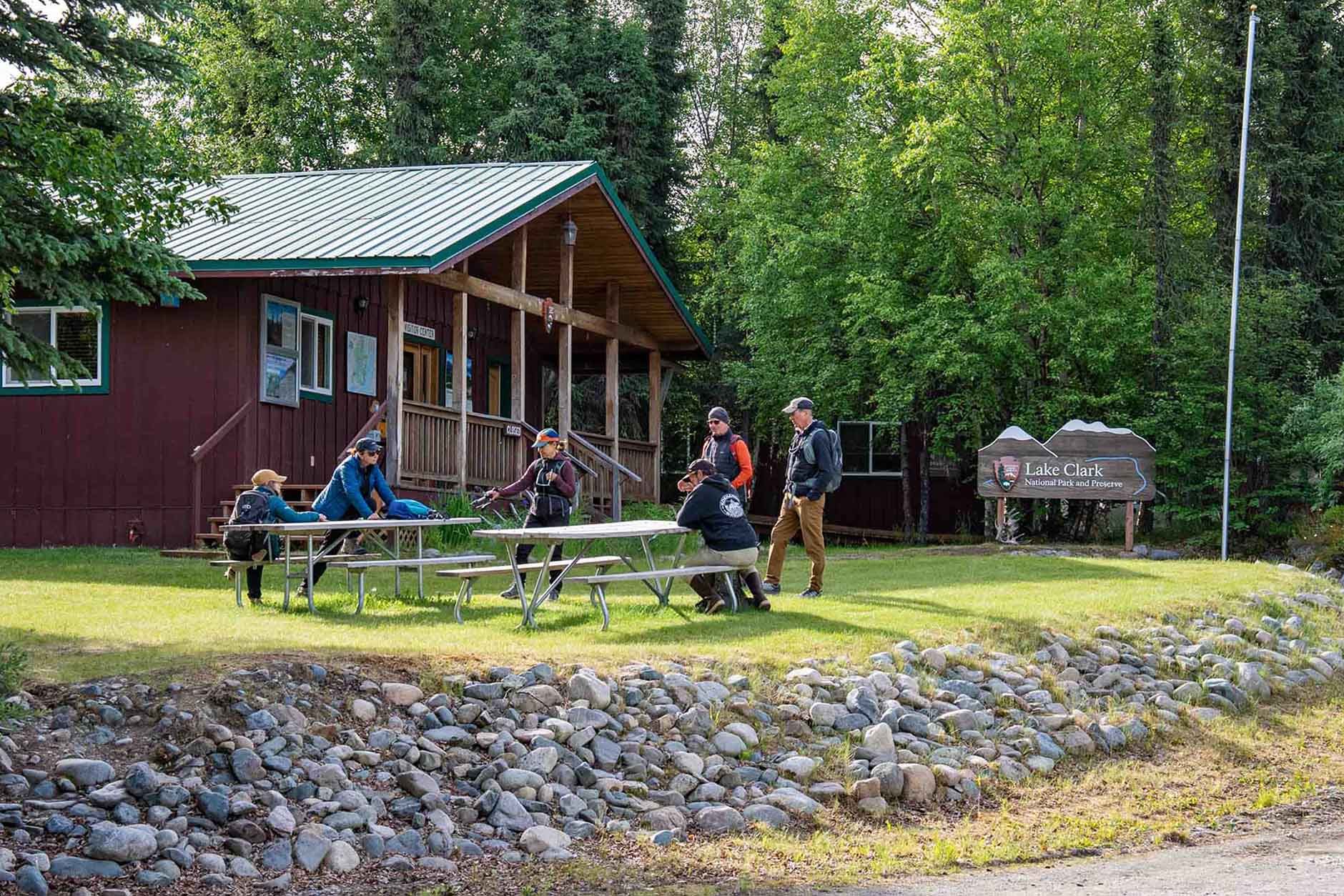

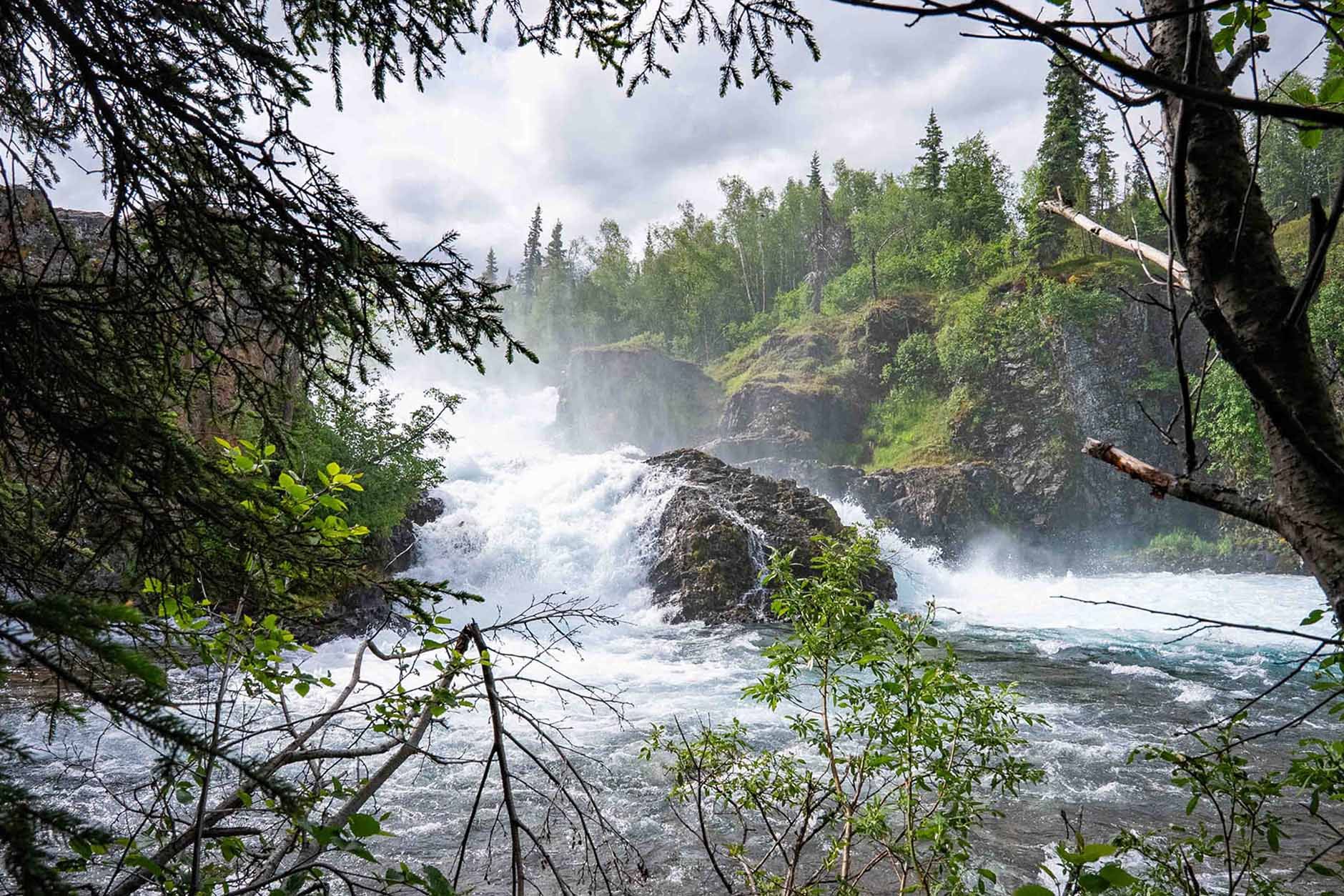
Tanalian Mountain Summit
Recognized as the most challenging trail hike in the park, the path will take you to the top of Tanalian Mountain. If you make it to the summit, you will be rewarded with a 360-degree panoramic view of the Chigmit Mountain Range, Kontrashibuna Lake, and Lake Clark.
-
Distance: 8 miles
Difficulty: Challenging
Elevation Gain: 5000 ft
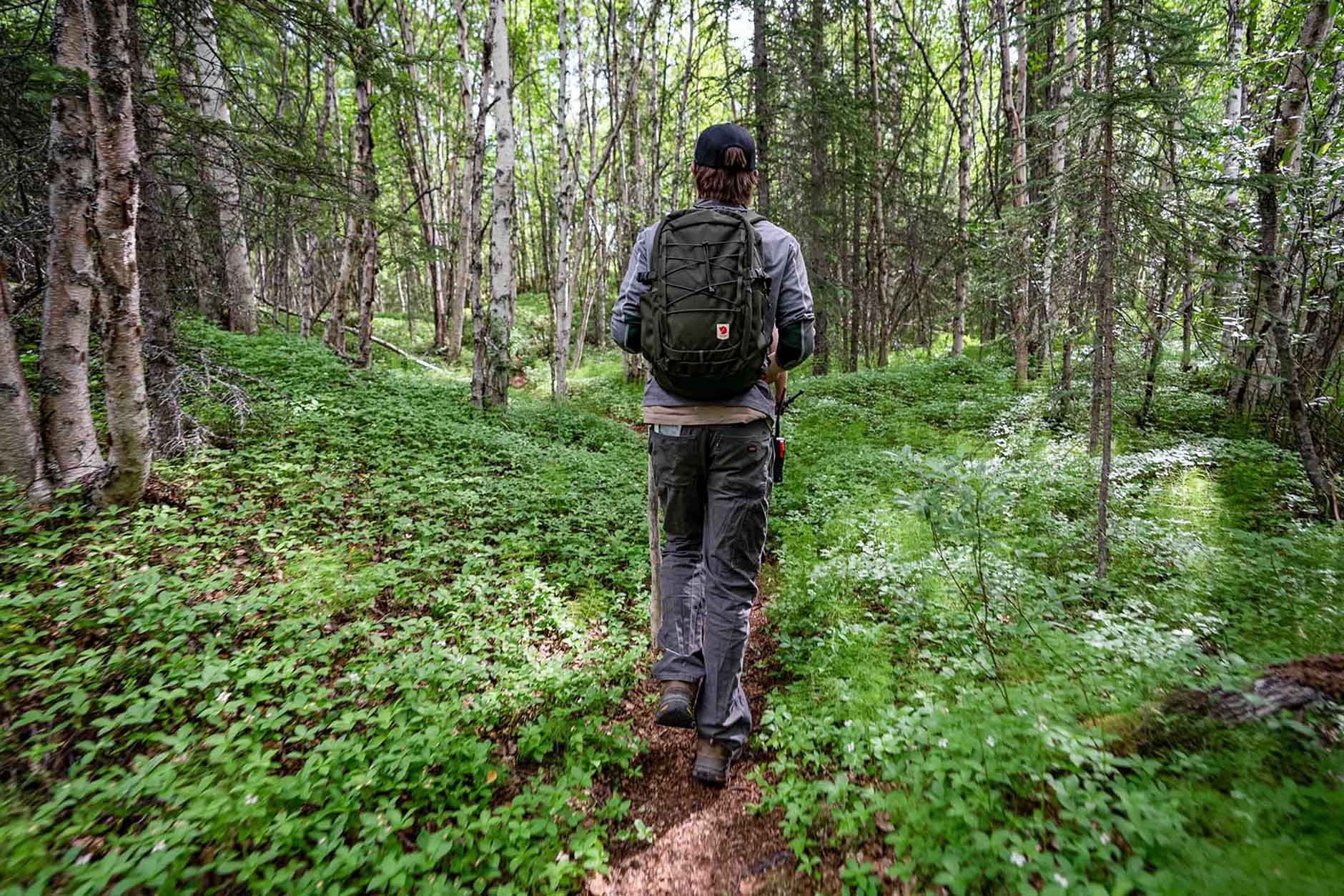
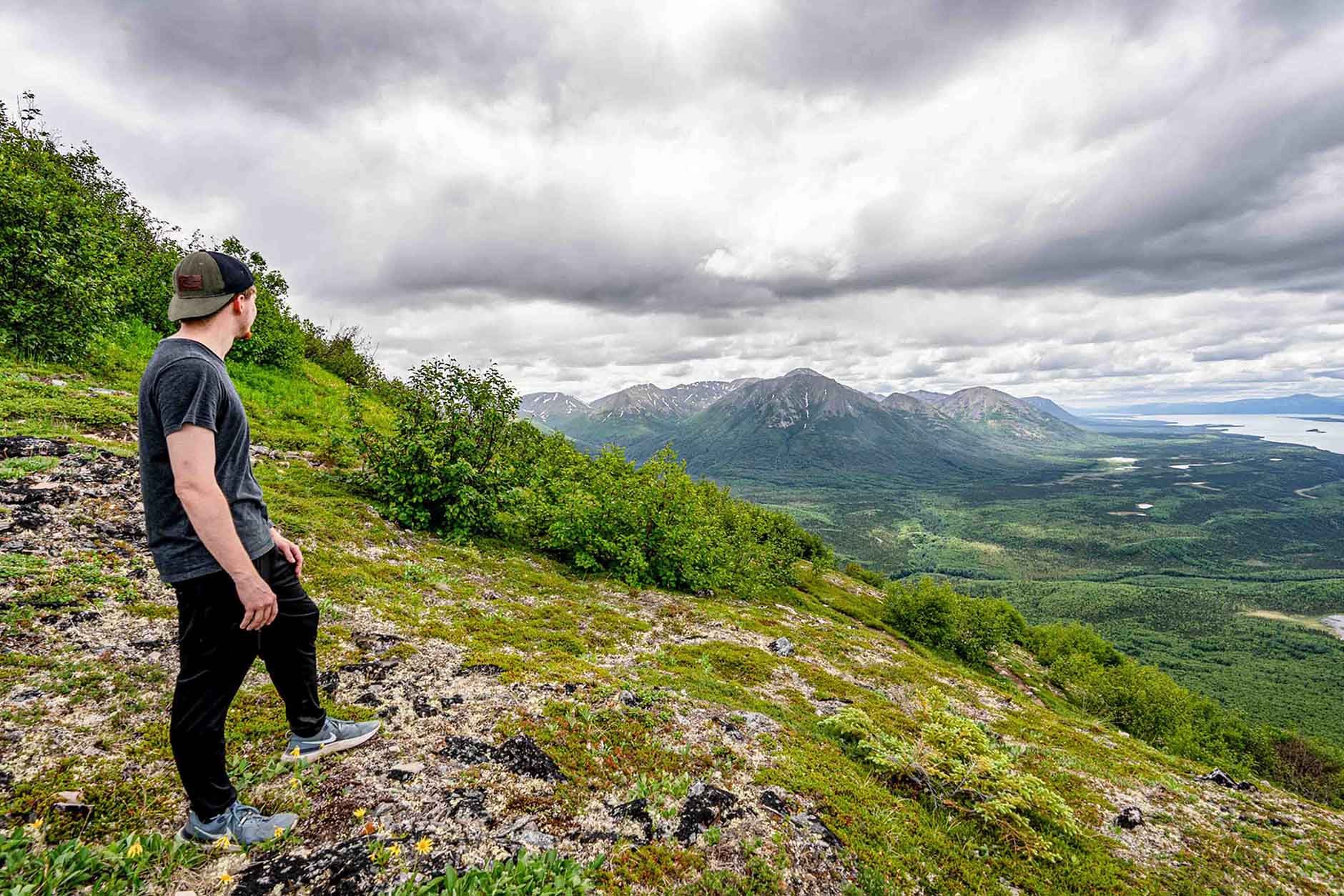
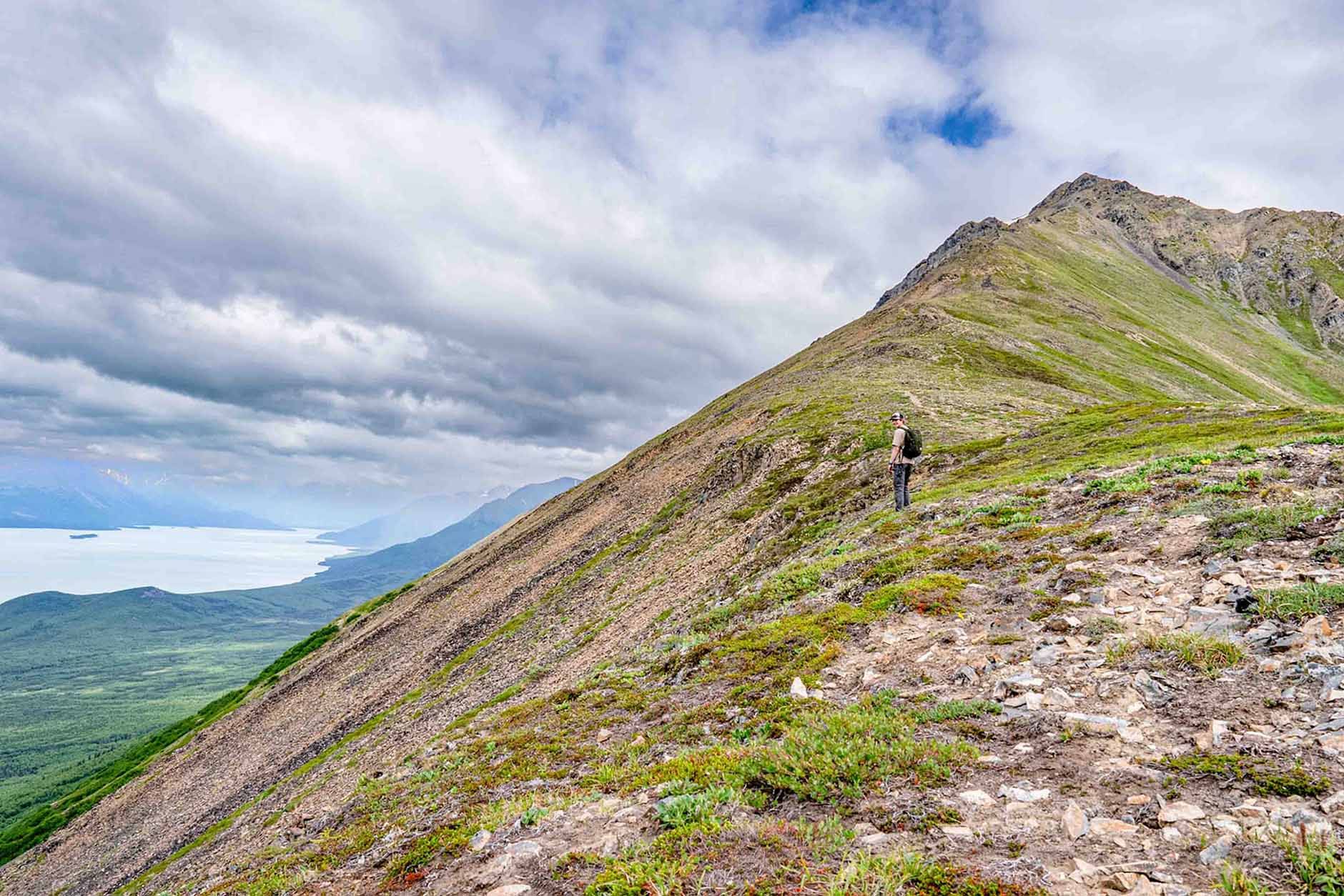
Kontrashibuna Lake Trail
For those seeking a more moderate hike, the Kontrashibuna Lake Trail is right for you. The trail takes you through alpine meadows, providing breathtaking views of the surrounding mountains. It's ideal for hikers and families looking to immerse themselves in the solitude of the Alaskan wilderness without the intensity of Tanalian Mountain summit.
-
Distance: 5 Miles
Difficulty: Moderate
Elevation: 1000 ft
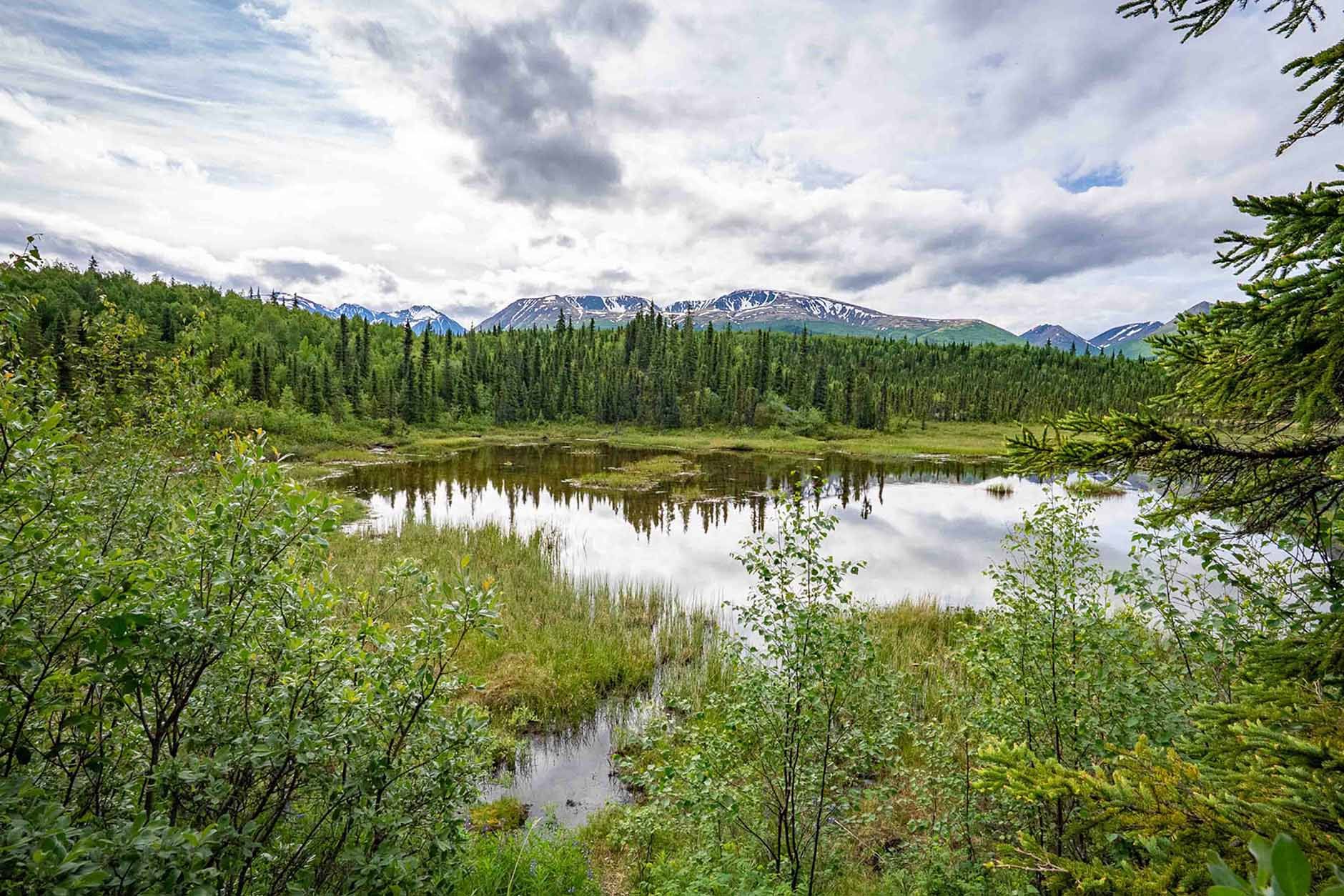

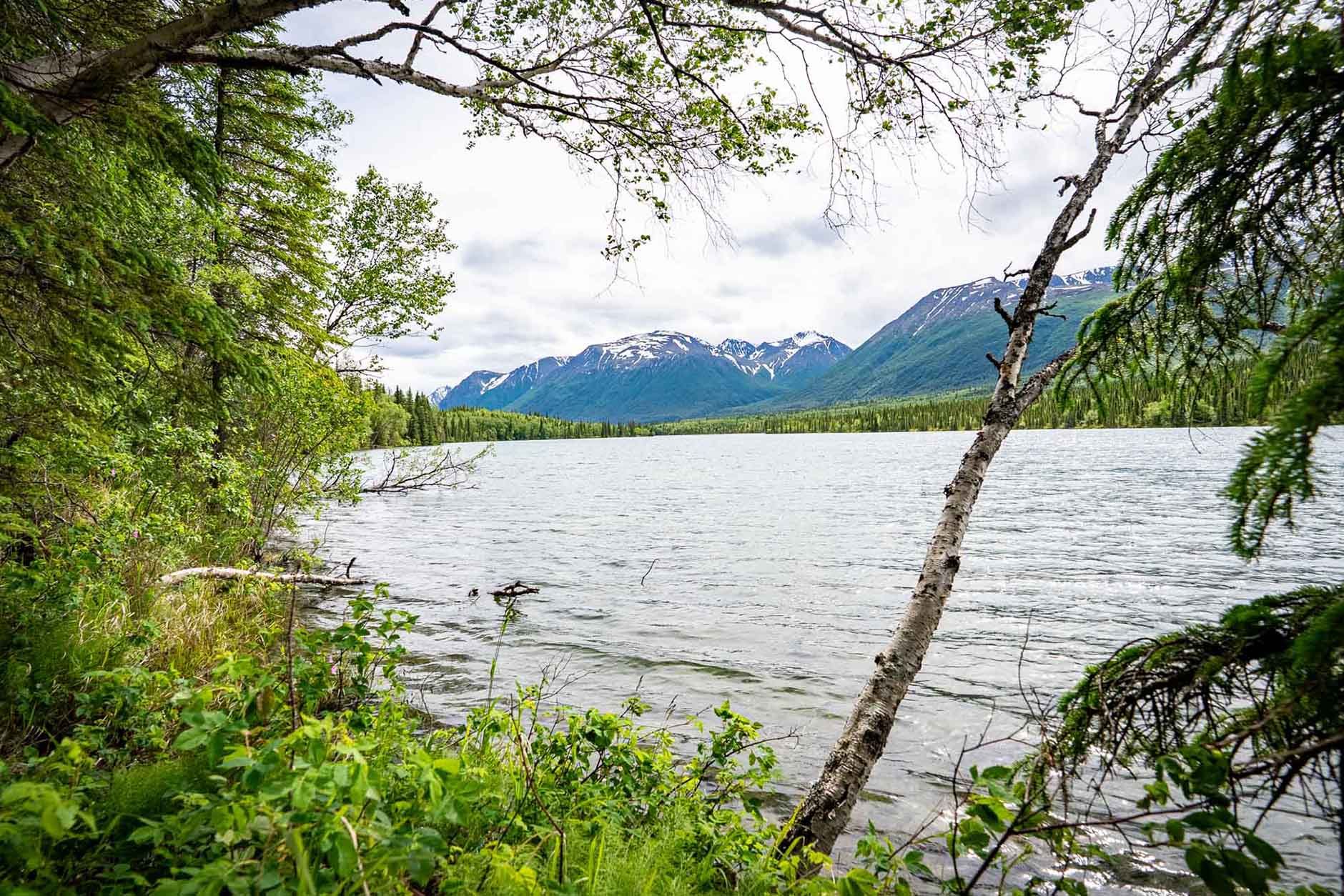
Twin Lakes
Only accessible by float plane, there are a variety of different hikes you can take once you arrive at Twin Lakes. Catering to hikers, it’s the best way to see Dick Proenneke’s Cabin.
The Teetering Rock section offers a short 1-miles hike, or you can extend your journey towards Emerson Creek Trail or Upper Twin Lakes Trail with packrafts. The trail winds through diverse landscapes including boreal forests and open tundra, offering an excellent opportunity to explore the park’s backcountry. For wildlife photographers interested in seeing Dall sheep. This is your chance!
We also offer a variety of other hiking options in Katmai National Park and other unmarked trails in the region. If you are interested in a more specific list of hiking opportunities, please contact us directly.
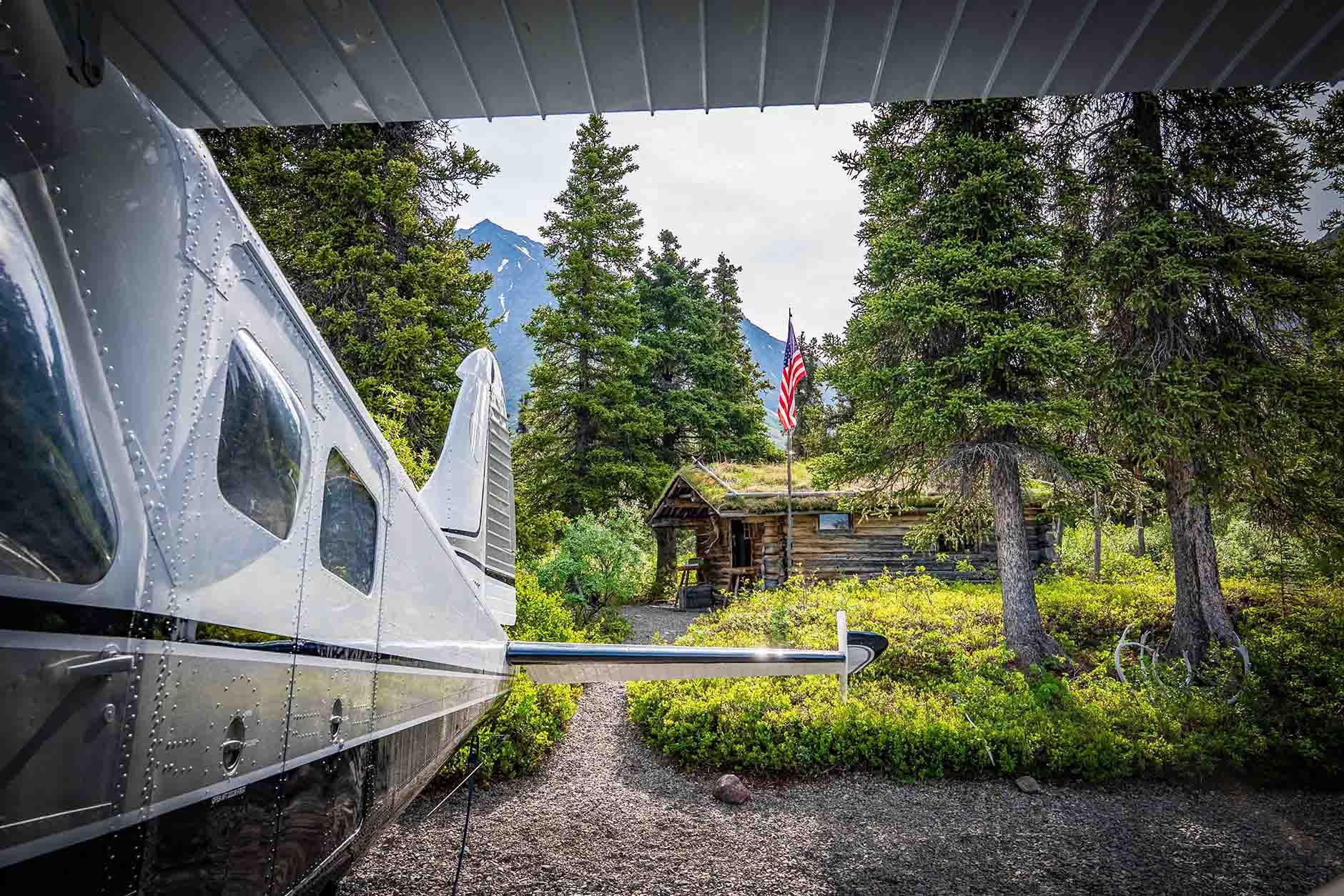


Lodge Hikes
Explore our private hiking trails around Keyes Point, where you can wander at your own pace and spot grouse, martens, songbirds, and even the occasional moose—no guide required.

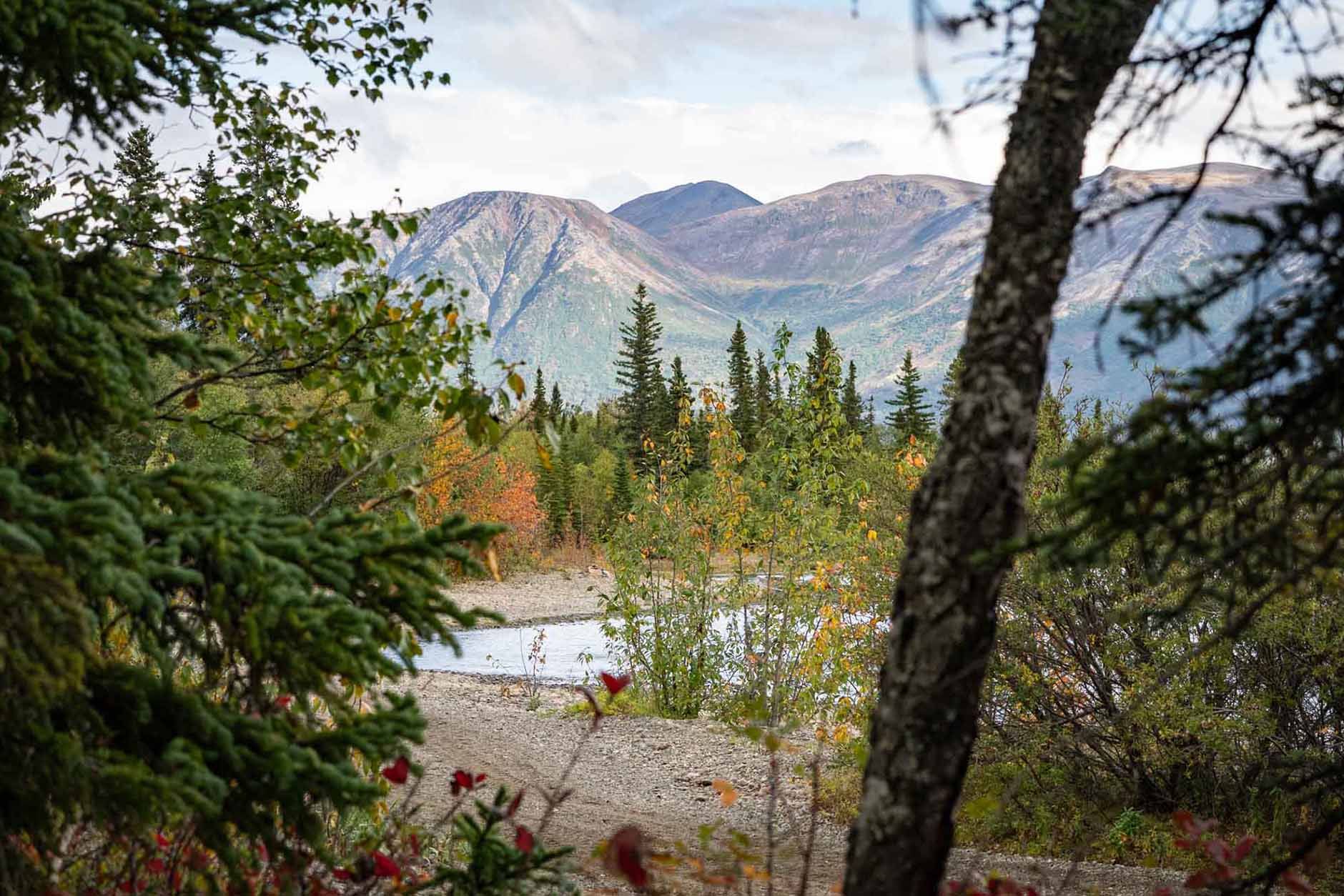
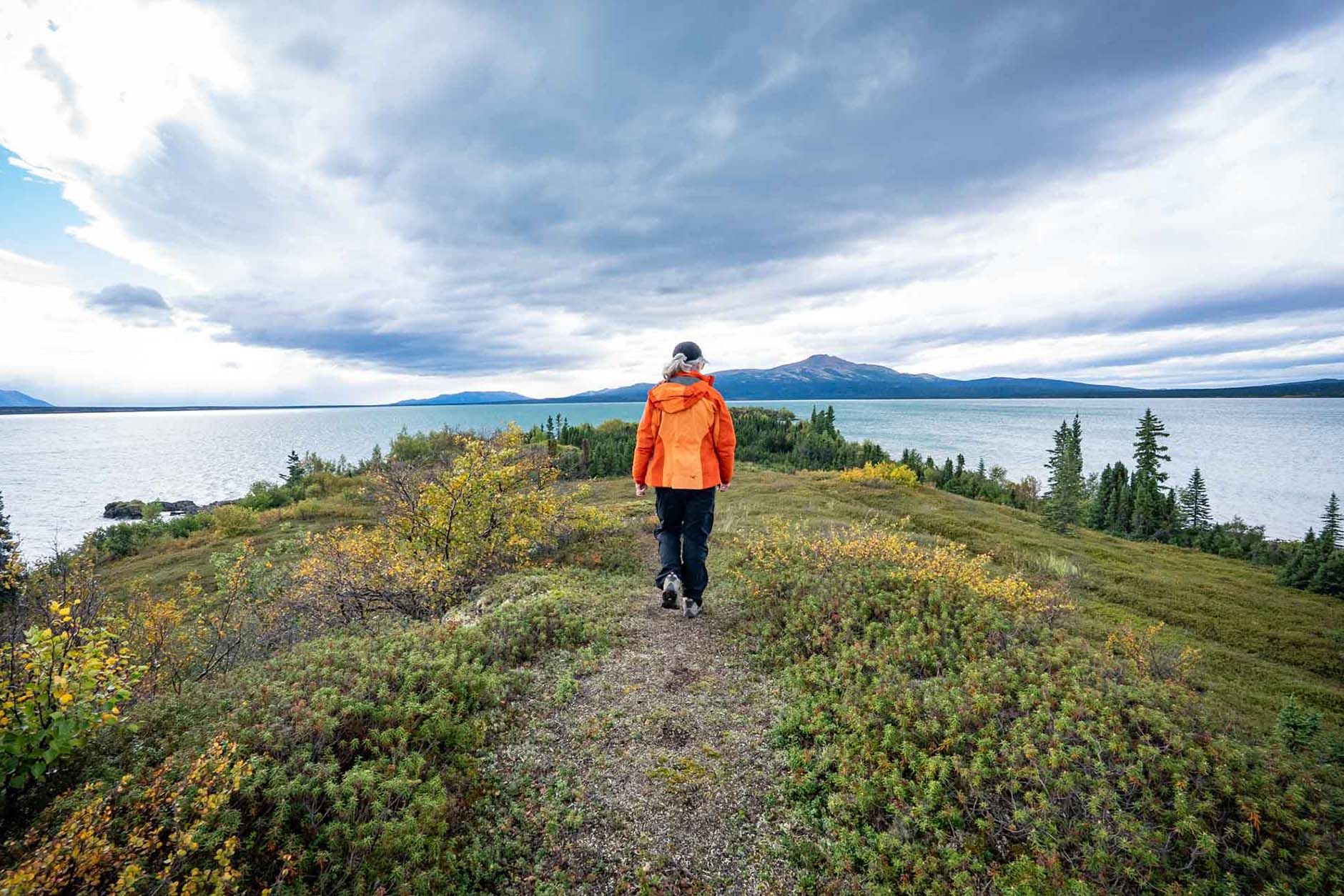
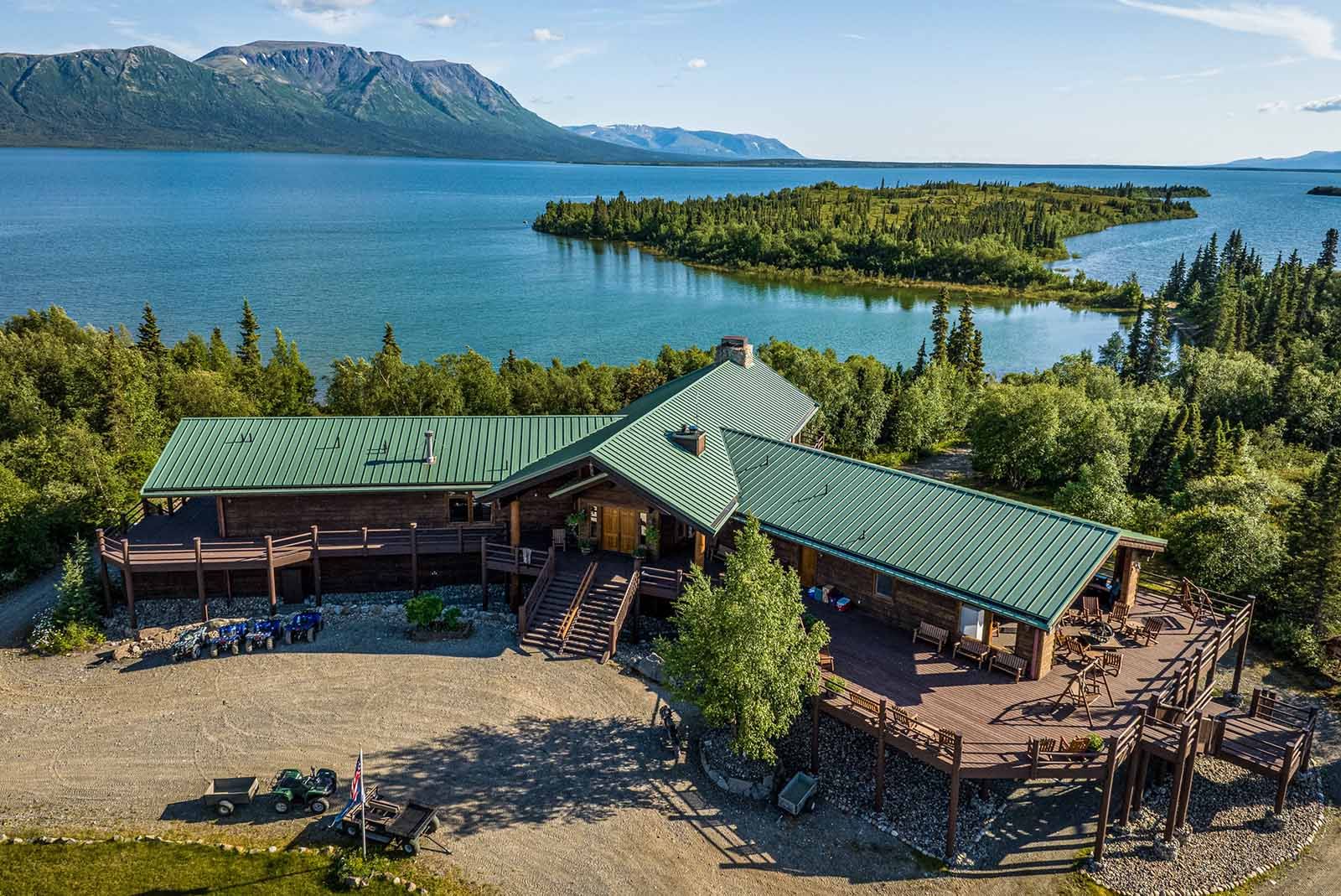
Lake Clark Lodge is a classic North American Lodge with a hallmark “great room”, fireplace and large windows. The lodge is surrounded by a large deck for guests to look out on the lake and mountain setting surrounding Keyes Point.
Lake Clark National Park was established in 1980 as part of the Alaska National Interest Lands Conservation Act. Its creation aimed to preserve the park’s unique ecosystems, protect its wildlife, and offer opportunities for outdoor recreation while keeping the area’s natural beauty intact. It was also established to protect a region of dynamic geologic and ecological processes that create mountain landscape, the watershed supporting Bristol Bay Sockeye Salmon, and habitats for fish, wildlife and thousands of years of human history.
Lake Clark is a 1 hour flight from Anchorage, Homer or Kenai. Most visitors fly into the park headquarters in Port Alsworth. Visitors at Lake Clark Lodge will be flown directly to and from their designated location to our private landing strip on Keyes Point. You won’t have to worry about coordinating your flight. We provide the air taxi service to and from Anchorage.
The weather in Lake Clark National Park can be quite dynamic. Around summer solstice, the sun sets approximately at 11:30 PM and rises again around 4:30 AM, providing just over 5 hours of daylight. The brevity in daylight hours contributes to swift seasonal changes, influencing the weather accordingly. In general the temperature ranges from the mid 40’s to upper 60’s through our 4 month season. To ensure you are well-prepared for a variety of weather conditions that may arise, we recommend consulting our Trip Checklist.





